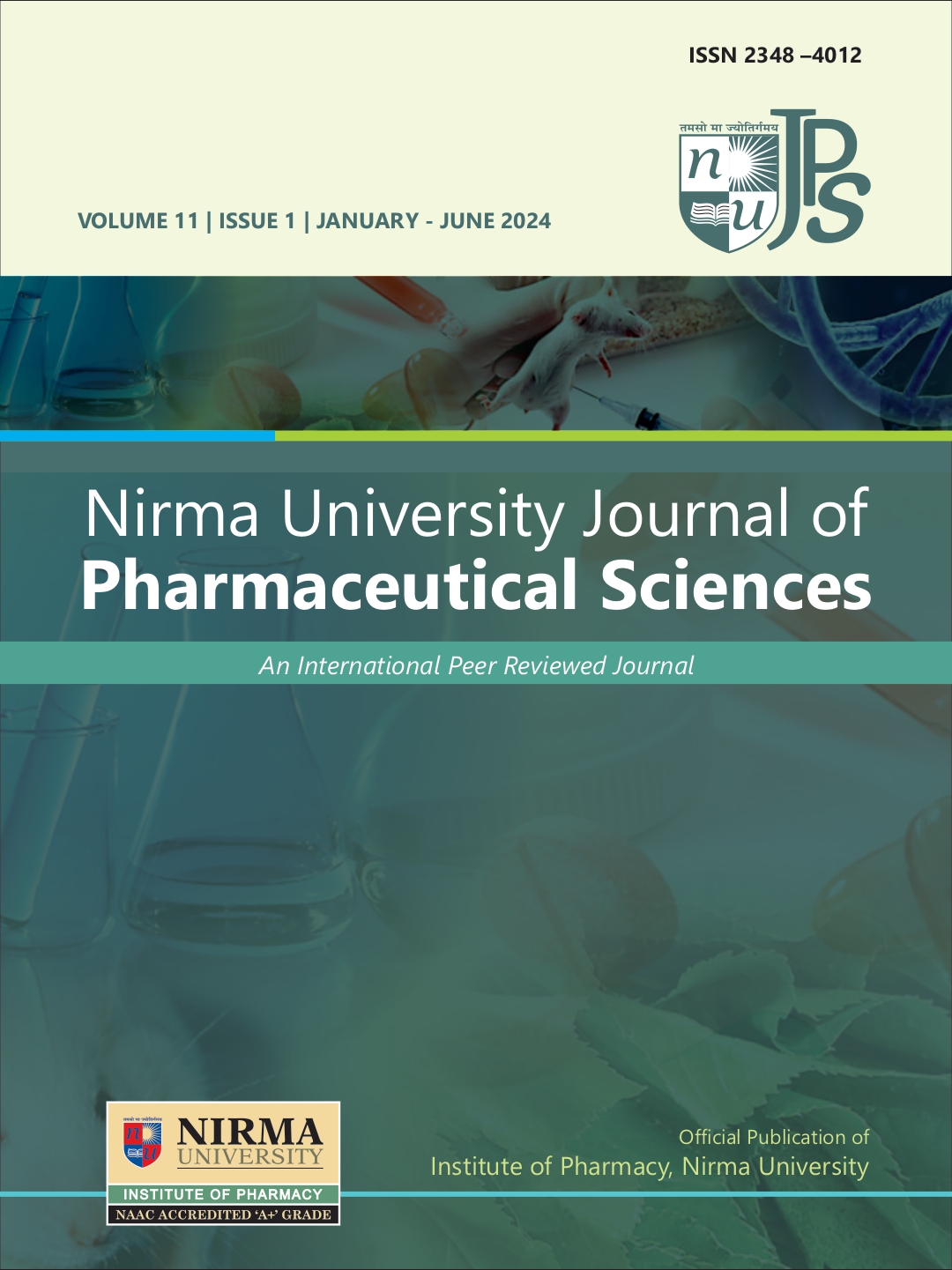PHYTOCHEMICAL EVALUATION OF ELEUSINE CORACANA IN CORRELATION WITH ITS NUTRITIONAL VALUE
DOI:
https://doi.org/10.5281/Keywords:
Nutrition, HPTLC, Validation, Gallic acid, Quercetin, Finger milletAbstract
Eleusine coracana, a tropical cereal, commonly known as finger millet found in region of India and Africa contains large source of phytochemicals. The nutrient content of finger millet is high and can be further enhanced by processing, the hypoglycemic, anti-ulcer properties and hypo-cholesterolic effect of finger millet are among its health benefits. Scientific proof of the existence of phenolics and flavonoids in finger millet, however, is lacking. Additionally, analytical methods to calculate the amounts of gallic acid and quercetin have not been developed. The present investigation includes phytochemical screening, estimation of total phenolic and flavonoid content, determination of calcium content, as well as analytical method development for two bio-actives using High-Performance Thin Layer Chromatography (HPTLC). The final method was optimized using Toluene: Ethyl acetate: Methanol: Formic acid (3:3:0.8:0.4 v/v/v/v) and densitometric scanning of the plate was performed in absorption mode at 271 nm. Validation of the developed method was done according to the ICH guidelines. Linearity range was found to be 200-600 ng/spot with R2 value 0.988 and 0.9976 for quercetin and gallic acid, respectively. Other validation parameters like precision, repeatability, and accuracy were performed and the results were found according the specifications. The quantification of quercetin and gallic acid in the sample was found to be 0.61% and 0.55% w/w, respectively. Despite the widespread use of synthetic antioxidants, calcium determination, estimates of quercetin and gallic acid in the present investigation provided assurance of health benefits & quality and purity of finger millet. However, there is growing evidence that consumers prefer natural antioxidants due to their potential for lower toxicity.







